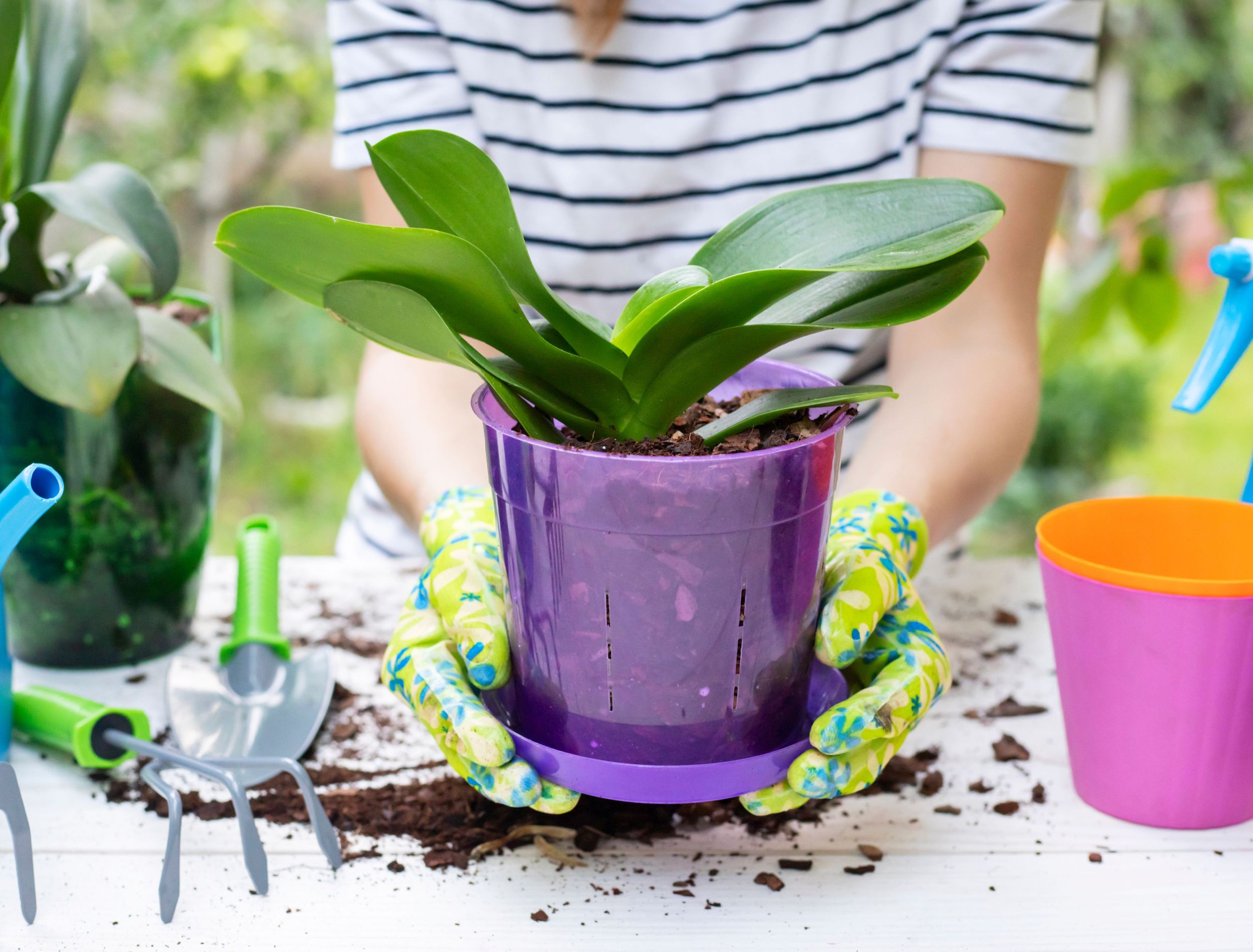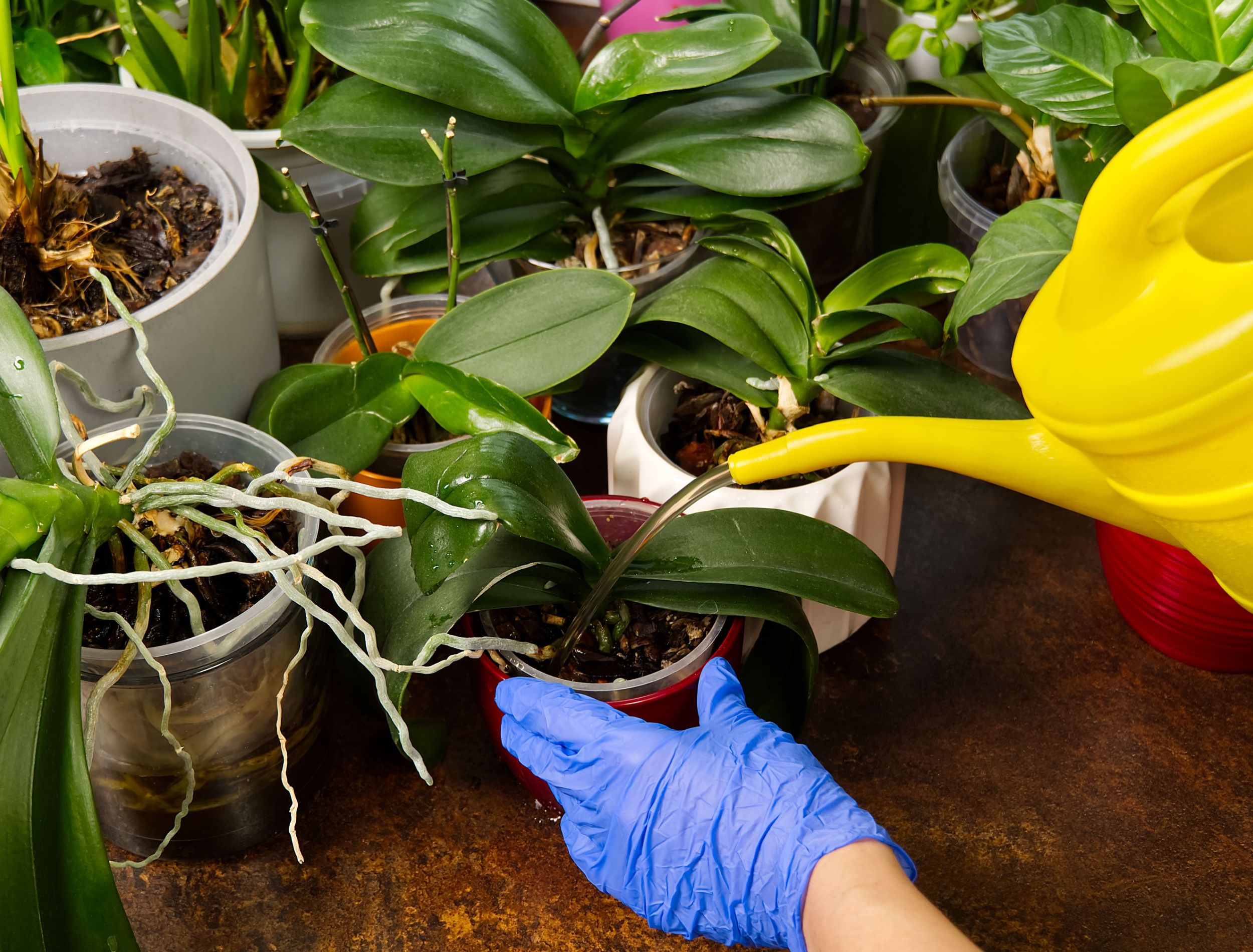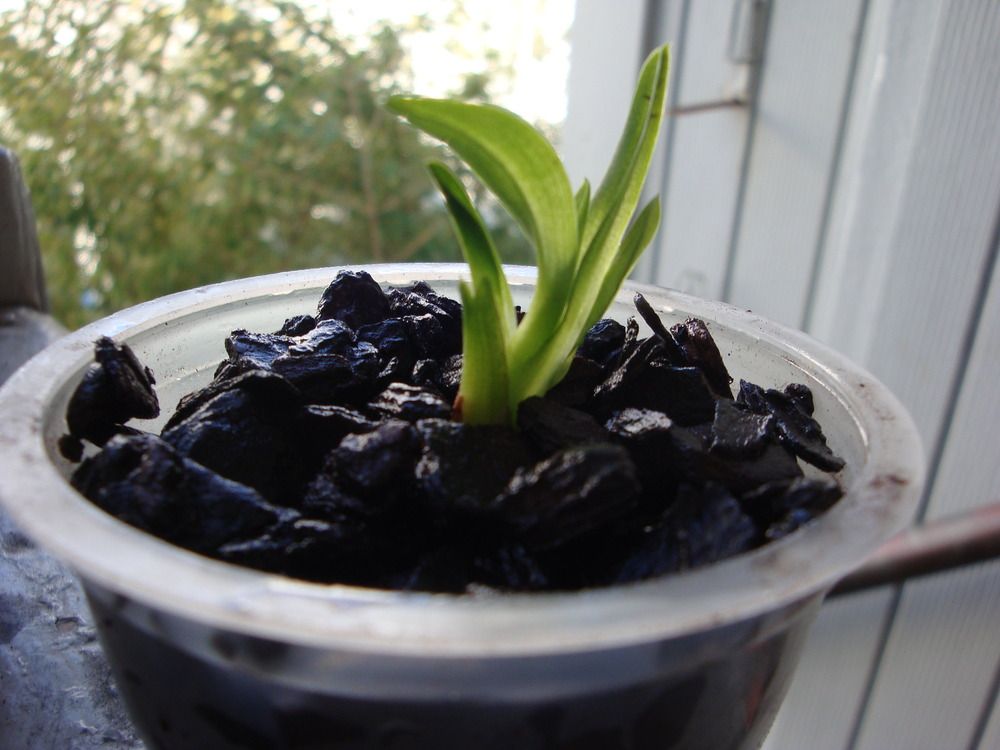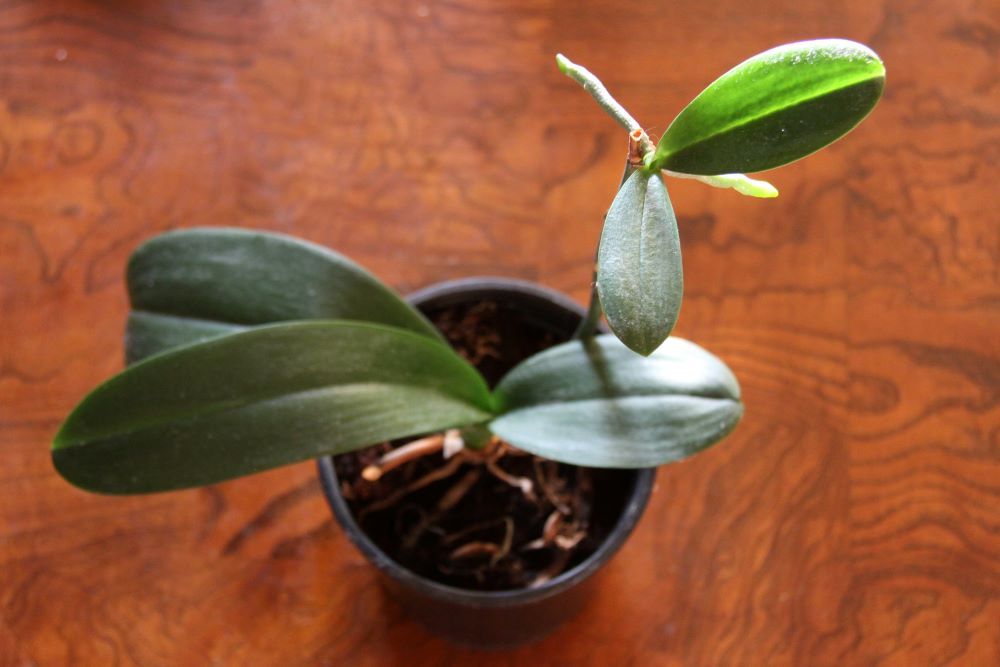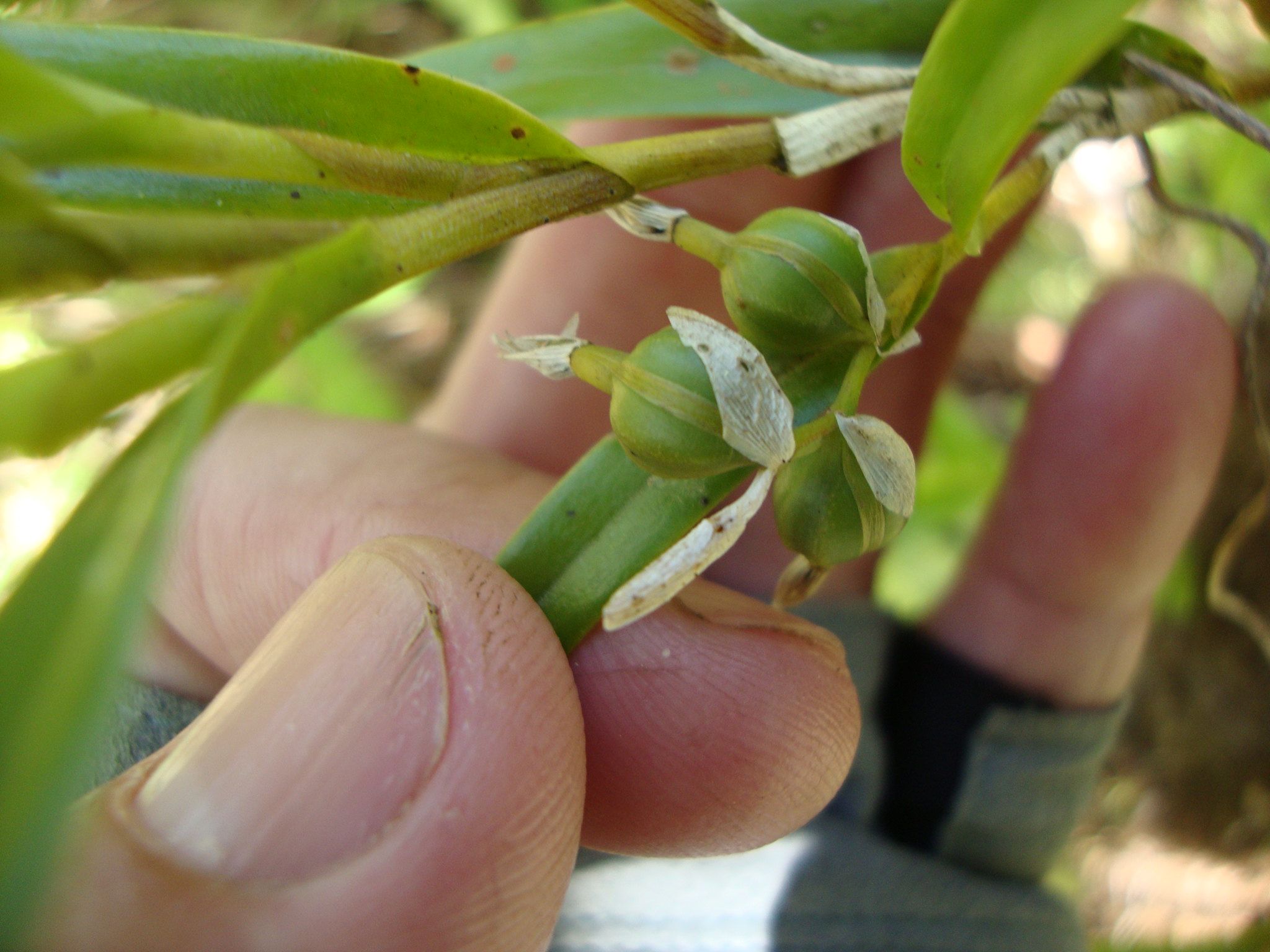Key Takeaways
- Orchids are highly unique flowers with over 25 thousand species, each evolved to attract a specific pollinator.
- You can propagate your orchid by dividing it, using backbulbs, or cutting off keikis to share the beauty with others.
- Take proper care when dividing, repotting, and planting backbulbs or keikis to ensure the health and growth of your orchids.
Orchids are elegant plants that brighten up your room with their unique flowers. There are over 25 thousand species of this highly unique flower and each is different from the others. The reason for this vast difference between varieties comes from the fact that orchids evolved to attract a unique pollinator to each and every type.
You can spread the beauty of your unique orchid by propagating it. By using division, backbulbs, and keikis you can multiply your orchid to share with family and friends or brighten up other areas of your home. Learn three easy ways to propagate your orchid!
1 Division of An Existing Orchid
Separate a mother plant into pieces
|
Time It Takes to Divide |
Time From Division to New Orchid |
Sympodial or Monopodial? |
|---|---|---|
|
Under 10 minutes |
A year |
Sympodial |
Dividing a sympodial orchid involves taking one mature orchid, and separating it into pieces. The new parts of the plant will grow into mature orchids of their own that are genetically identical to the parent orchid.
When and How to Divide
- Wait to divide your orchid until it's just finished blooming. This is when an orchid produces new growth, so it's an ideal time to separate pieces.
- Water your orchid until water drains through the bottom of the pot. It's easier to remove the orchid when the soil and roots are moist.
- Locate a section of growth on your orchid with at least three mature pseudobulbs.
- Use a sharp, sterile knife to cut through the rhizome, separating the parent plant from the division.
- Make sure the division has a pseudobulb with at least one dormant eye. This eye is located under a section of leaf on the pseudobulb and this is where new growth will continue from.
You should plan on repotting your orchid every one to three years because the growing medium starts to break down and the orchid can also outgrow its pot. Potting mediums like fir should last roughly two years; however, keep an eye out for dark, soft, musty smelling growing medium as this is a sign you should repot your orchid.
Repotting Your Division
- Repot your division in a terracotta pot that's just large enough to accommodate the roots.
- Set your division in the center of the pot once it's been filled with a well-draining potting medium containing bark, perlite, sphagnum moss, or charcoal.
- Align the surface of the rhizome with the surface of the potting medium. You can plant a few roots below the surface, but you don't have to.
- Once your orchid is settled into its new home, water it thoroughly until water drains from the drainage holes. Make sure to remove any standing water.
Dividing an orchid is a great time to examine its roots and overall health! Remove any dry, dark, or damage roots with a sterile knife and consider getting rid of any pseudobulbs that are dried up and no longer providing nutrients to your plant.
2 Use the Backbulbs
Cut off a section of pseudobulb
|
Time It Takes to Harvest Backbulbs |
Time From Harvest to New Orchid |
Sympodial or Monopodial? |
|---|---|---|
|
Under 10 minutes |
Several years |
Sympodial |
As the pseudobulbs on a sympodial orchid age, they eventually stop growing and switch their focus to holding nutrients for the plant. New pseudobulbs are grown, and the old ones become backbulbs. You can harvest these backbulbs to produce new orchids.
When and How to Harvest Backbulbs
- Look for backbulbs that have gone dormant and lost their leaves.
- Cut them away from the mother plant using a sharp, sterile knife.
- If the backbulb has any dormant eyes you can force it to begin growing again.
Harvesting backbulbs can stress out the mother plant, so you should make sure the section you remove has at least two backbulbs as well as a live, growing shoot.
How to Plant and Care for Backbulbs
- Plant your harvested backbulbs in a potting medium that is porous and drains well (one with bark is a good choice).
- The backbulb should be planted so the base is under the soil while the buds remain above the surface.
- Keep your backbulb in a humid environment out of direct sunlight.
- You'll have new roots and shoots in three to four months.
- After the roots and shoots have developed, repot the orchid in a larger pot with a coarser medium.
- The following year repot your orchid again in a pot large enough to handle several years worth of growth.
3 Cut Keikis Off the Mother Plant
Make use of orchid babies
|
Time It Takes to Remove Keikis |
Time From Keikis to New Orchid |
Sympodial or Monopodial? |
|---|---|---|
|
Under 10 minutes |
Can take up to several years |
Monopodial |
After your monopodial orchid has flowered, if you leave the old spike without cutting it down you may be greeted by small plantlets known as keikis. These plantlets form on nodes along the stem of your orchid.
How to Remove and Plant Keikis
- Wait for your keikis to grow at least two roots. There should also be an active growing tip at the top of your plantlet.
- Pot the areal roots and stems of the keikis in a potting medium like bark.
- Keep the growing environment humid by putting a plastic bag over the potted keikis.
- Once the potted keikis have grown new roots and stems of their own, remove the bag and continue normal orchid care.
What About Orchid Seeds?
If your orchid flower has been pollinated, it may produce a seed capsule. Orchid seeds are extremely tiny and there may be as many as a million individual seeds inside a single capsule! The germination requirements for orchid seeds make this a practice best left to labs and specialists. Some seeds need to be germinated while still in-vitro (inside their pod) while others require specialized sterilization before they germinate.
Although this method is best left to experts, if you have a mature seed capsule, and you know of a lab where you can send your seeds it's possible to get tiny orchid plants mailed back to you.
Don't be intimidated by the lingo
Once you know what the terms mean, and where to find them, it's simple to propagate your orchid!
|
Name |
What it is |
Where you'll find it |
|---|---|---|
|
Monopodial orchid |
A type of orchid with a large, single stem where growth of flowers, leaves and nodes happens vertically. |
Types of monopodial orchids include phalaenopsis and vandas. |
|
Keikis |
Baby orchids that grow off monopodial orchid stems. |
Keikis are side plantlets that grow off the main stem of your orchid. |
|
Backbulb |
The older pseudobulbs on your orchid. |
A dark green pseudobulb that's located on the older parts of the plant. |
|
Frontbulb |
The new growth of pseudobulbs on your orchid that produces flower for your plant. |
A light green pseudobulb that's located on the newest parts of the plant. |
|
Sympodial orchid |
Orchid with horizontal growth that reproduces by growing shoots, pseudobulbs, leaves, and flowers from the rhizomes. |
Types of sympodial orchids include cattleyas, oncidiums, and dendrobiums. |
|
Pseudobulb |
A part of the stem that holds food and water for the orchid as well as the location of new growth. |
Pseudobulbs are thickened portions of the offshoot stems located near the base of the main, horizontal stem. |
|
Rhizome |
A part of the stem that has horizontal roots that'll produce new stems. |
The rhizome is the base of the plant with smaller roots and growth coming off of it. |
|
Eyes |
The bud of an orchid that will produce new growth. |
The eyes are located under the leaves on the pseudobulb. |
Both monopodial and sympodial orchids can be propagated using methods at home. Although it takes time to go from a division, backbulb, or keikis to a flowering orchid, that time and care is well worth it for the joy of being able to share your orchids with friends and family.
Do you know someone with orchids in their home? Share this article with them, and maybe they'll share the love by gifting you a brand-new orchid!

